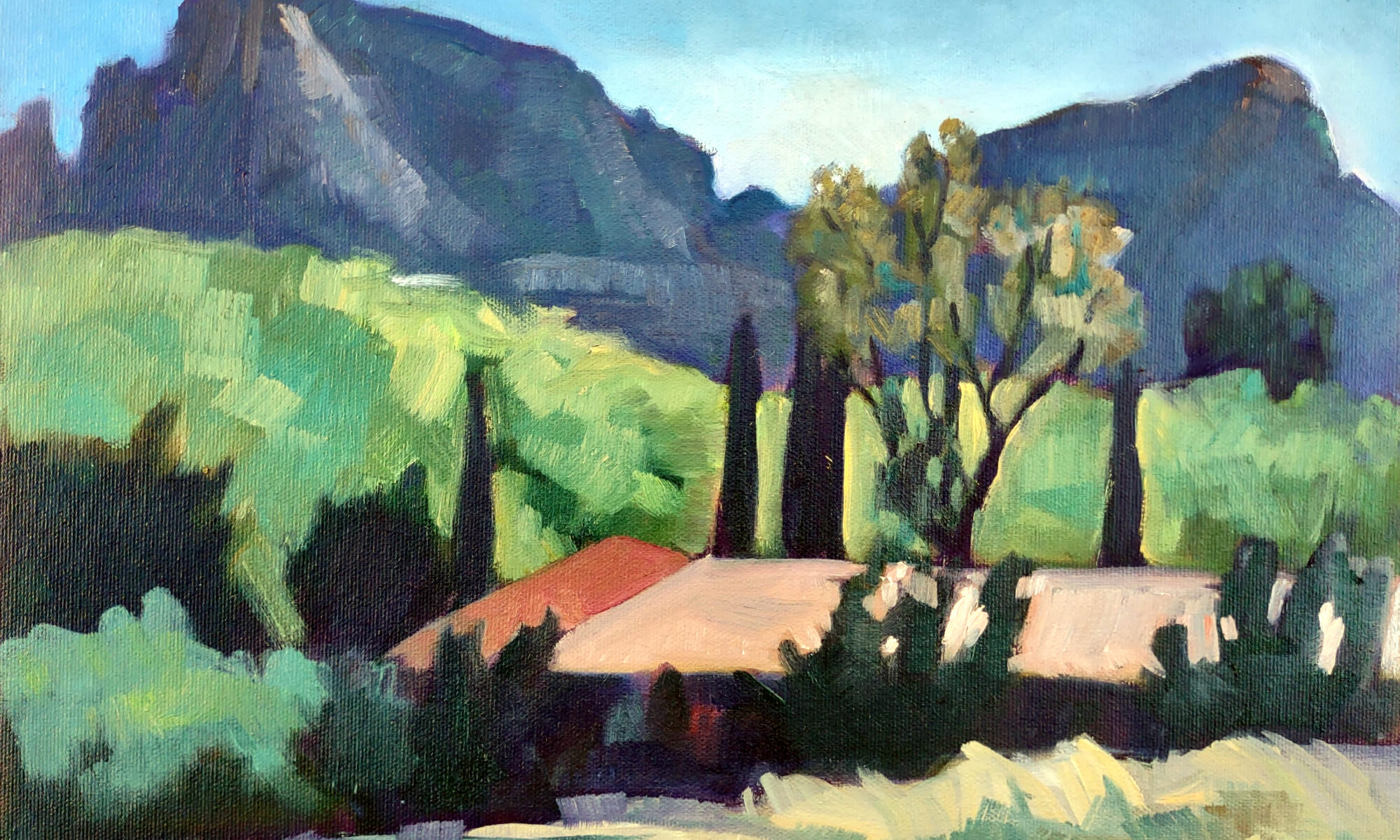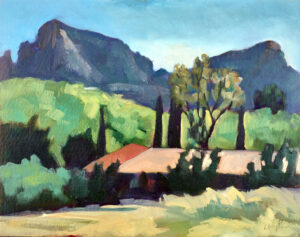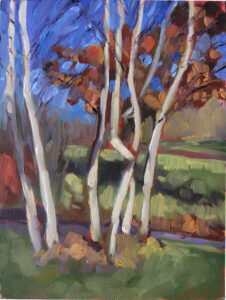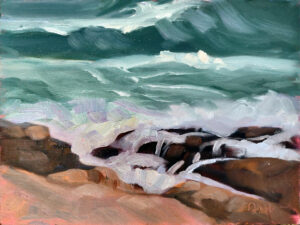Early this year, I set out to create a seven-step online training class to teaching the fundamentals of oil painting. This morning I’m releasing Step 2: the Value Drawing. Making these interactive classes is a tremendous learning experience for me, and I hope the net result is helpful for you, too.
Value (lightness to darkness) is just one component of color, but it’s the most important. Establishing a hierarchy of values before you ever pick up a brush will save you hours of flailing around in the field. I know this from personal experience. Before I became disciplined about value, I wasted tons of time (and much paint) dithering, repainting, and generally making a mess of more paintings than I saved.
The value sketch is the oil painter’s secret weapon. It’s an opportunity to plan your painting before you ever pick up a brush. And it’s critical; if the value structure is compelling, your painting will be compelling. If not, your painting is doomed from the start. Nothing in painting is more important than value.
Value is the basis of good composition
“But why waste time on a sketch when I can just paint?” you ask. For the same reason that contractors need blueprints before they start building: great ideas require planning.
Investigating value in advance is the key to compositional fluency. In value sketches, we quickly experiment with different arrangements of lights and darks. This helps us make intelligent choices about focal points, line, and the weight of individual elements in the painting.
By breaking complex scenes down into restricted value planes, we create blueprints for our paintings. This not only helps us simplify ideas, it guides us through later decisions about color, texture, and detail.
Value sketching starts with just a few simple, inexpensive tools: a sketchbook and a mechanical pencil. Working in a sketchbook is a lot faster and easier than working out questions of light and dark in paint. In return for a small investment of time at the beginning of your painting, you’ll reap tremendous dividends as you go forward.
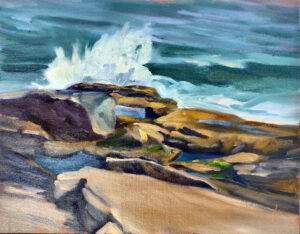
Amplifying contrast
Value drawing helps us simplify and amplify (when necessary) the contrast between darks and lights in our composition. Contrast is the visual tool that creates interest and drama in a painting. Too many paintings fail because they’re stuck in the boring midtones.
Understanding Form
Value drawing helps us understand how light interacts with different forms and objects in a composition. It’s what gives objects volume. You may never paint the nuances of three-dimensional modeling, but you should understand them.
Value is particularly important in realism. It’s how we create convincing illusions of light and shadow, depth and dimensionality.
Who is this course designed for?
It’s comprehensive, so it’s tailored to both a beginner’s understanding and an experienced artist’s continued development. You can go back to it repeatedly and take it at your own speed, so you’ll benefit from it no matter what your starting point.
Reserve your spot now for a workshop in 2025:
- Advanced Plein Air Painting, Rockport, ME, July 7-11, 2025.
- Sea and Sky at Acadia National Park, August 3-8, 2025.
- Find Your Authentic Voice in Plein Air, Berkshires, MA, August 11-15, 2025.
- Immersive In-Person Fall Workshop, Rockport, ME, October 6-10, 2025.

